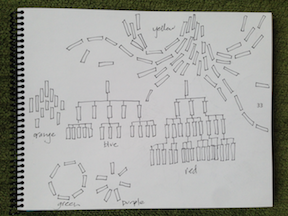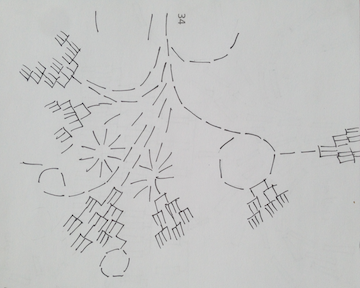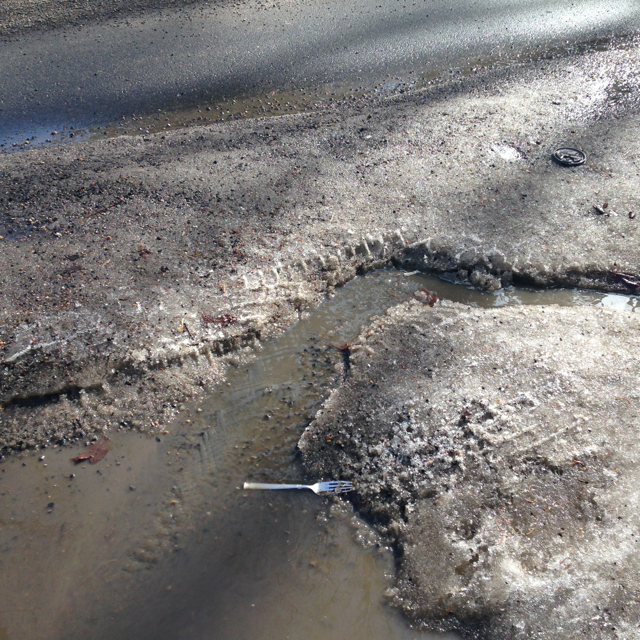To transform the quality of communication throughout our social and economic systems, we must learn to see ourselves through the eyes of others and the whole. This is the next revolution, according to Otto Scharmer and Katrin Kaufer, in Leading from the Emerging Future.
To pull this off, we need an open mind, rather than denial. We need an open heart, rather than cynicism. And an open will, rather than depression. With these, we will have what we need to create conversations that will recreate the world.
Throughout the book, Scharmer and Kaufer articulate 4 stages of our economic evolution, through which we have, and are, evolving, and our corresponding levels of awareness and modes of coordinating. They are (p. 74, 177-178):
- State-Centric (mercantalism, state capitalism) – traditional awareness; hierarchy and control. Communication is one-way “downloading”, manipulating.
- Free Market (Laissez-faire) – ego-centric awareness; markets and competition. Communication is two-way discussions and an exchange of viewpoints.
- Social Market (regulated) – stakeholder-centric awareness; networks and negotiation. Communication is multilateral stakeholder dialogue, allowing to see oneself through the eyes of another.
- Co-Creative (distributed, direct, dialogic) – eco-centric awareness; awareness based collective action (ABC); Communication is co-creative eco-system innovation: blurring the boundary of ego and eco.
The most common forms of communication, according to Scharmer and Kaufer, are linear, unilateral. They involve little inclusion of others, or transparency. The most precious forms of communication, for the transition to Stage 4, are multilateral and cyclical forms of communication that are high on inclusion and transparency. Notably, Stage 4 communication holds the intention to serve the well-being of all, rather than a few.
To make the move to these precious forms of communication, they articulate 5 innovative infrastructures that will allow us to reach our untapped reserves of creativity (p. 187-188):
- Infrastructures to co-initiate – success means unconditional commitment of credible leaders.
- Infrastructure for co-sensing – success means experiences where people learn to see the system from multiple perspectives.
- Infrastructures to co-inspire – success means the use of mindfulness and presencing practices that help people connect to deep sources of knowing, individually and collectively.
- Infrastructures for prototyping, or exploring the future by doing – success means simply acting on what we know, integrating feedback, notice what is learned, take out what isn’t working, strengthen what is working.
- Infrastructures for co-evolving – success means the larger system grows, sustains, scales and evolves the prototypes (cross-functional, cross-level, cross-institutional leadership), as well as support to the leaders’ learning journeys
While exploring this chapter, my colleagues and I were playing with the metaphor of “the bus”, and how easy, or difficult, it can be to get off a bus when the mode of communication is not your style. Or in Stage 4, who drives the bus?
In my sketchbook I connected back to Spiral Dynamics (click here for a primer on the emerging Spiral), another way to look at evolving levels of organization. Here’s how a fleet of buses would relate to each other, depending on the value system:

We organize in hierarchical structures of different degrees, as well as circular structures. In the top right, there’s another form, more fluid, that reflects all modes of communicating simultaneously. Conceptually, this fluid form, with various values flowing together, could look like this:

What Scharmer and Kaufer do not say clearly, is that while evolution to Stage 4 is necessary, it does not mean throwing out the use of the earlier Stages – they each have their time and place. In certain contexts, they will be the most appropriate ways to communicate. All together, they add up. What Stage 4 adds, that again they do not say, is a bridge to a place where we see the ongoing values of the preceding modes of communication, in the right context.
Which state of communication are you most comfortable with?
Which is the next natural step in your personal development?
_____ _____ _____
Some friends and I have started a book club to explore Leading from the Emerging Future, Otto Scharmer (Theory U) and Katrin Kaufer’s new book. This is another piece on Chapter 6. Here’s what came from earlier chapters:
_____ _____ _____
This post begins a series of posts on Chapter 10 – The Emerging City, offering bits of the book I am working on. Here are some plot helpers of Nest City: The Human Drive to Thrive in Cities:


